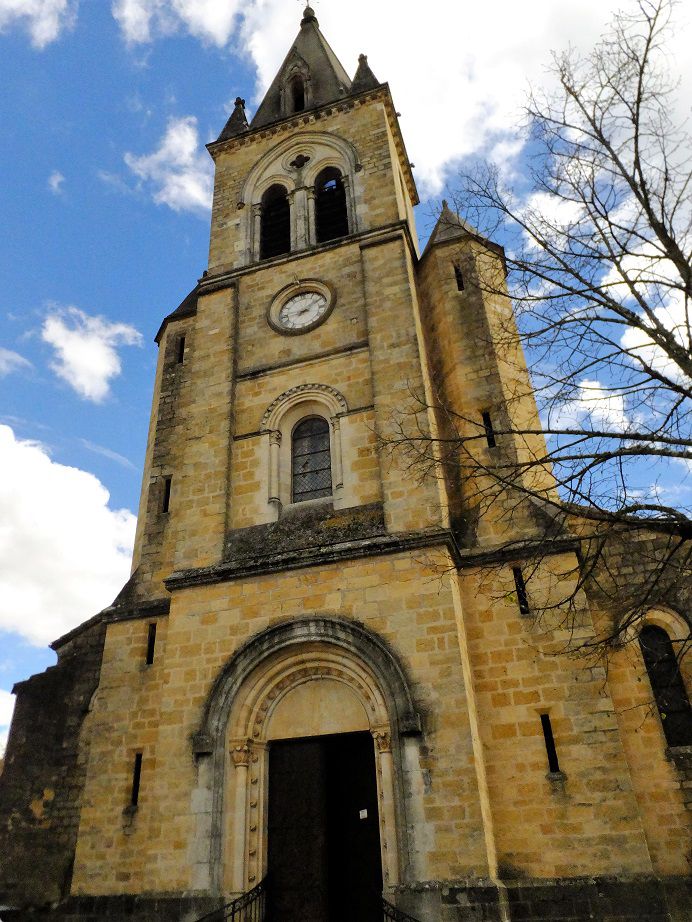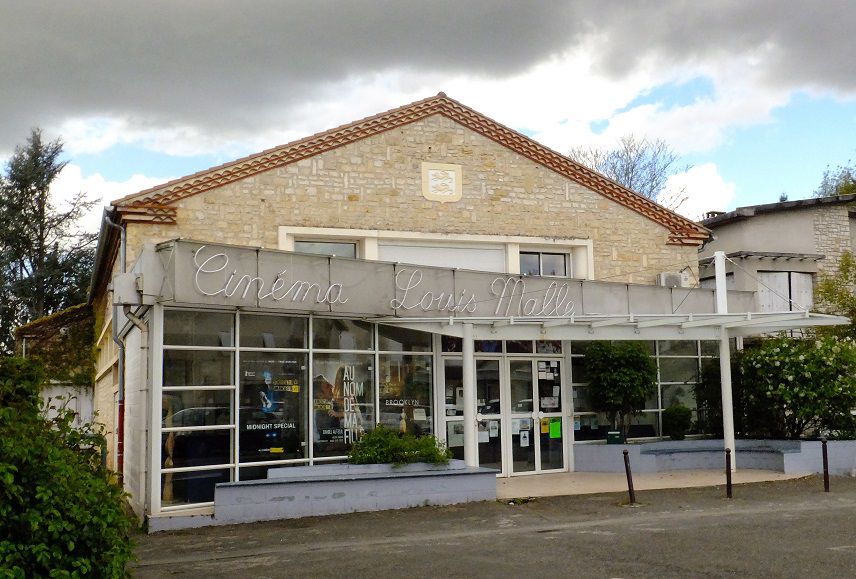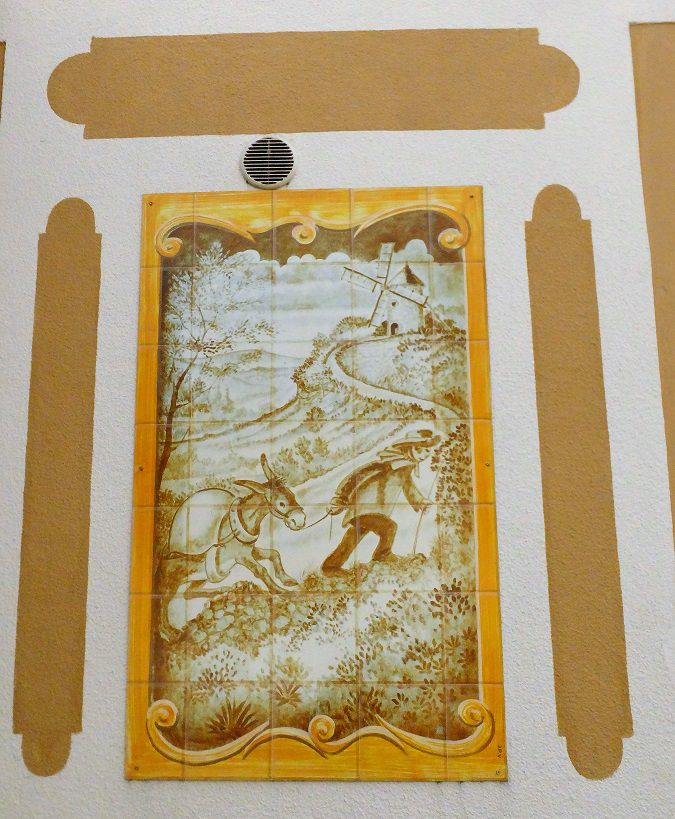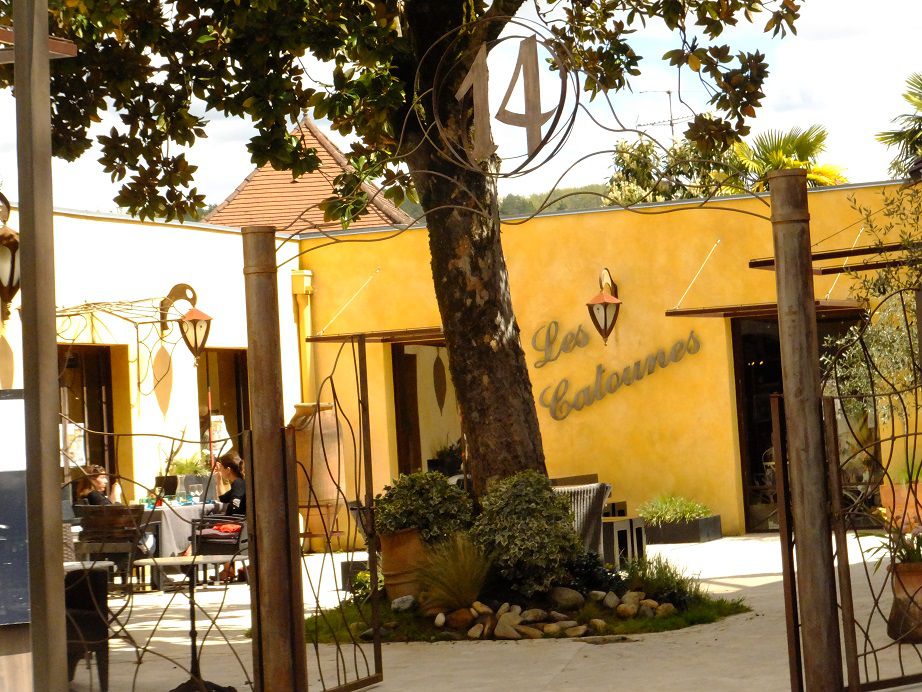Of the many places Ken and I enjoyed on our month-long trip to southern lands, Sinatra, Portugal, may be the most awesome. The day is crisp and clear when we arrive by train from Lisboa. I've done my research, so we bypass the private tour hawkers and instead board the local bus that offers a circular tour of the hilltop town. For 5 euros, we can stop, tour and re-embark. Walking is an option, but it's a long, long way up to our destination: Palácio da Pena.
 |
| Palácio da Pena in Sintra, Portugal |
Pena Park is spread over nearly 85 hectares. Through the years, the once-barren hill has been transformed into an arboretum and gardens, beautiful and scientifically significant. After we buy our tickets to the palace, we still have a half-hour leisurely walk to its doors, which allows time to admire our surroundings and views along the way.
 |
| View from Palácio da Pena |
Palácio da Pena is relatively new, (although it was constructed on the site of a medieval convent). Considered the finest example of 19th-century Portuguese Romanticism, the castle was built under the reign of Queen Maria II and her husband Ferdinand Saxe-Coburg-Gothra, who personally had a hand in the design. (Ferdinand was known as the "artist king." His cousin was Prince Albert, husband of Queen Victoria.)
Ferdinand and Maria must have been happy folks. Rising up beyond the trees, we spot a burst of color: Bright yellow turrets embrace pale pink palace walls. Upon arriving at the courtyard, we climb a small tower, take in the views and catch our breath before going inside.
 |
| Palácio da Pena appears through the trees on our approach. |
 |
| Palácio da Pena in Sintra |
The last royal who called Palácio Pena home was King Manuel II who lived here from 1908-1910, when the site was converted into a museum. Today, visitors can explore the various cloisters, watch towers, chambers and even have lunch on one of the palace terraces.
 |
| Smiling in Sintra |
Inside, my mouth drops upon entering the Arab Room with its amazing trompe-l'oeil fresco-covered walls and ceilings. Even more awesome is the grand hall with its stained-glass windows and life-size statues wearing turbans and holding candelabras. I also love the well-appointed kitchen.
 |
| Turbaned torch-bearer in Palácio da Pena's hall |
 |
| Dining room in Palácio da Pena |
 |
| Palácio da Pena's kitchen |
Just one day in Sintra isn't nearly enough time to explore the other sites including Palácio de Monserrate, Palácio de Queluz, Palácio de Sintra or the Moorish castle ruins. I'm looking for an excuse to go back and see more. Want to come along?
 |
Originally built by the Arabs, Palácio de Sintra was the residence of the
Portuguese royal family in the Middle Ages. |
 |
| Palácio de Sintra window detail |
 |
| Ruins of the Moorish castle as seen from the town of Sintra |
 |
| Igreja São Martinho in Sintra |
 |
| Interior Igreja São Martinho in Sintra |
 |
| Tiled fountain in Sintra |























































